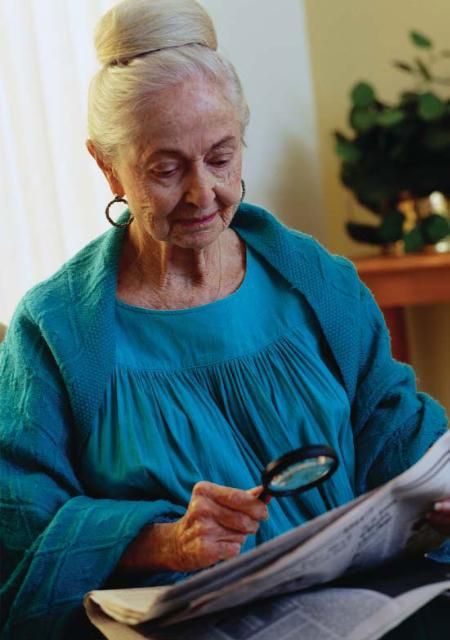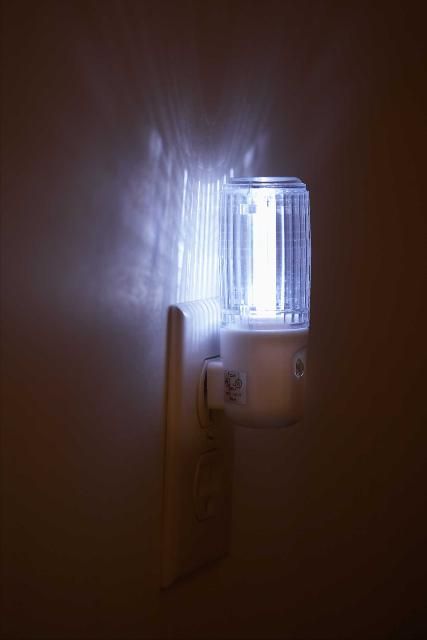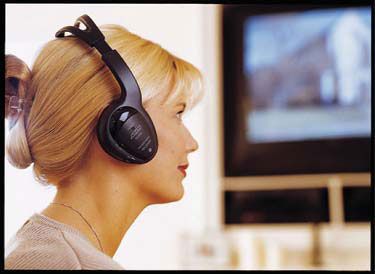Aging in the 21st Century
According to the US Census Bureau, by the year 2050 the nation's elderly population will more than double to 88 million, and the more frail, over-85 population will quadruple to 19 million.
Currently, Florida ranks first in the United States in the percent of the population who are full-time and seasonal residents over the age of 65. Older Floridians, their families, and communities face many issues related to aging.
Aging in the 21st Century is an eight-topic program that addresses issues such as:
-
Health and medical care
-
Family relationships
-
Economic concerns
-
Caregiving
-
Home modifications
-
Retirement
-
Nutrition and diet

What You Will Learn
-
AARP'S 10 Basic Ideas: How to increase home safety
-
Individual Assessment: How to individualize the solutions to each person or activity
-
Universal Design: What it is and how it can be used to make the home safer and more user-friendly
-
Assistive Devices: What devices are available and how to locate them
AARP's Basic Ideas to Increase Home Safety
AARP offers 10 basic ideas for home modifications. These tips will assist people to make small changes to the home to increase their safety. People of all ages and ability levels can use these suggestions:
-
Install handrails on both sides of all steps (inside and outside).
-
Secure all carpets and area rugs with double-sided tape.
-
Install easy-to-grasp handles for all drawers and cabinet doors.
-
Use brighter bulbs that do not produce excessive glare in all settings.
-
Install night-lights in any area where you are active at night.
-
Add reflective, non-slip tape on all non-carpeted stairs.
-
Install lever handles on all doors.
-
Place a bench near entrances for setting down purchases and resting.
-
Install closet lights, as well as adjustable, pull-down rods and shelves.
-
Install rocker light switches; consider illuminated ones in select areas.

Credit: Jupiterimages, © Getty Images


Individual Assessment
If you are considering making home modifications, first identify your specific needs. Below are some important questions to ask:
-
What activities do I want to do?
-
What do I want to do that I cannot do now?
-
What activities in my routine are causing pain or discomfort or presenting some type of risk?
-
How can my home be adapted so I can do the things I want while maintaining the greatest independence, safety, and satisfaction now and in the future?
Once you answer these questions, it will be easier to decide what home modifications are needed now or may be needed in the future.
The next section will give you a better idea of the devices available to help you. You will also learn how universal design and home modifications can benefit your life.
Assistive Devices
Numerous assistive devices are available on the market today. You can find products designed to assist with these needs and more:
-
weak or painful grip
-
limited use of arms
-
low vision or poor hearing
-
problems with standing or walking
You can live without these devices, and maybe you already are. However, research shows that people who use these devices have less pain, are more active, and spend fewer days in the hospital.
The best way to find out about some of these devices is to go to your local medical supply store for guidance. If you are unable to go to the store, you can use catalogs to make your choices, or shop on the Internet. You can find information on these products by visiting a search engine, such as Google or Bing, and typing "assistive devices bathing" or similar search terms.
When it comes to product selection, not all devices are the same. Each device might have many different models, and different ones fit different personal needs. Get detailed information about the products, and choose the product right for you depending on your level of ability and needs. There are many kinds of devices for all rooms of the house, as well as all kinds of activities. Once you spot an item you find useful, shop around through catalogs or websites to find the one that best suits your needs and budget. If all this shopping is not for you, ask a family member to look or call a local medical supply store for help.

Universal Design
Universal design means the product is created to fit many different environments for everyone, regardless of age, size, or ability. For example, universal design is similar to a universal remote control. A universal remote can turn on many different makes and models of televisions. In the same way, by using universal design principles in your home, your home is accessible to many different types of people. The intent is to minimize barriers that standard designs create, eliminating the need for home modifications as abilities change. Here are a few universal design ideas.
Outside the Home
-
At least one no-step entry to the house, either through the front, back, or garage door
Throughout the Home
-
Lever-style door handles and faucets
-
Light controls, electrical outlets, and thermostats that are easily reachable for a person in a wheelchair
-
Rocker-type light switches
In the Kitchen
-
Easy-access kitchen storage (e.g., pull-out shelves, adjustable height cupboards, lazy Susans, etc.)
-
Multi-level kitchen countertops with open space underneath so you can work while seated
In the Bathroom
-
Bathroom vanity with swing-away doors
-
Low or no-threshold stall shower with built-in bench or seat
-
Non-slip floors, bathtubs, and showers
-
Raised, comfort-level toilet seats
-
Grab bars
How to Get It Done
-
Do it yourself (or with your family's help)
-
Community agencies and faith-based groups
-
Contractors (Most need consultation to insure a good result)
For more information on Aging in the 21st Century please refer to the following publications and/or contact your local Extension office.
Publications in This Series
-
Designing Educational Programs for Older Adults (https://edis.ifas.ufl.edu/fy631), Martie Gillen, PhD, Carolyn Wilken, PhD, MPH, and Jenny Jump, M.S.
-
Safe Return (https://edis.ifas.ufl.edu/fy626), Martie Gillen, PhD, and Meredeth Rowe, RN, PhD
-
Financial Issues (https://edis.ifas.ufl.edu/fy627), Martie Gillen, PhD, and Jo Turner, PhD, CFP
-
Elder Nutrition (https://edis.ifas.ufl.edu/fy628), Linda Bobroff, PhD, RD, LD/N
-
Fall Prevention (https://edis.ifas.ufl.edu/fy629), Martie Gillen, PhD, Kristen Smith, MPH, and Jenny Jump, M.S.
-
Family Relationships in an Aging Society (https://edis.ifas.ufl.edu/fy625), Martie Gillen, PhD, Terry Mills, PhD, and Jenny Jump, M.S.
-
Adapting the Home (https://edis.ifas.ufl.edu/fy630), Martie Gillen, PhD, Pat Dasler, MA, OTR/L, and Jenny Jump, M.S.
-
The Future of Aging Is Florida (https://edis.ifas.ufl.edu/fy624), Martie Gillen, PhD, and Jeffrey Dwyer, PhD
Aging in the 21st Century is co-sponsored by the University of Florida Institute of Food and Agricultural Sciences Department of Family, Youth and Community Sciences, and the College of Medicine's Institute on Aging. It was originally published in 2003 and was supported by a grant from the Associate Provost for Distance, Continuing and Executive Education, Dr. William Riffee.
References
AARP. 2008. The AARP Home Fit Guide: Information and Tips to Keep Your Home in Top Form for Comfort, Safety and Livability. Accessed November 2012. http://www.aota.org/documentvault/documents/41878.aspx.
Mann, W.C., K.J. Ottenbacher, L. Fraas, M. Tomita, and C.V. Granger. 1999. "Effectiveness of Assistive Technology and Environmental Interventions in Maintaining Independence and Reducing Home Care Costs for the Frail Elderly." Arch. Fam. Med. 8(3):210–7.